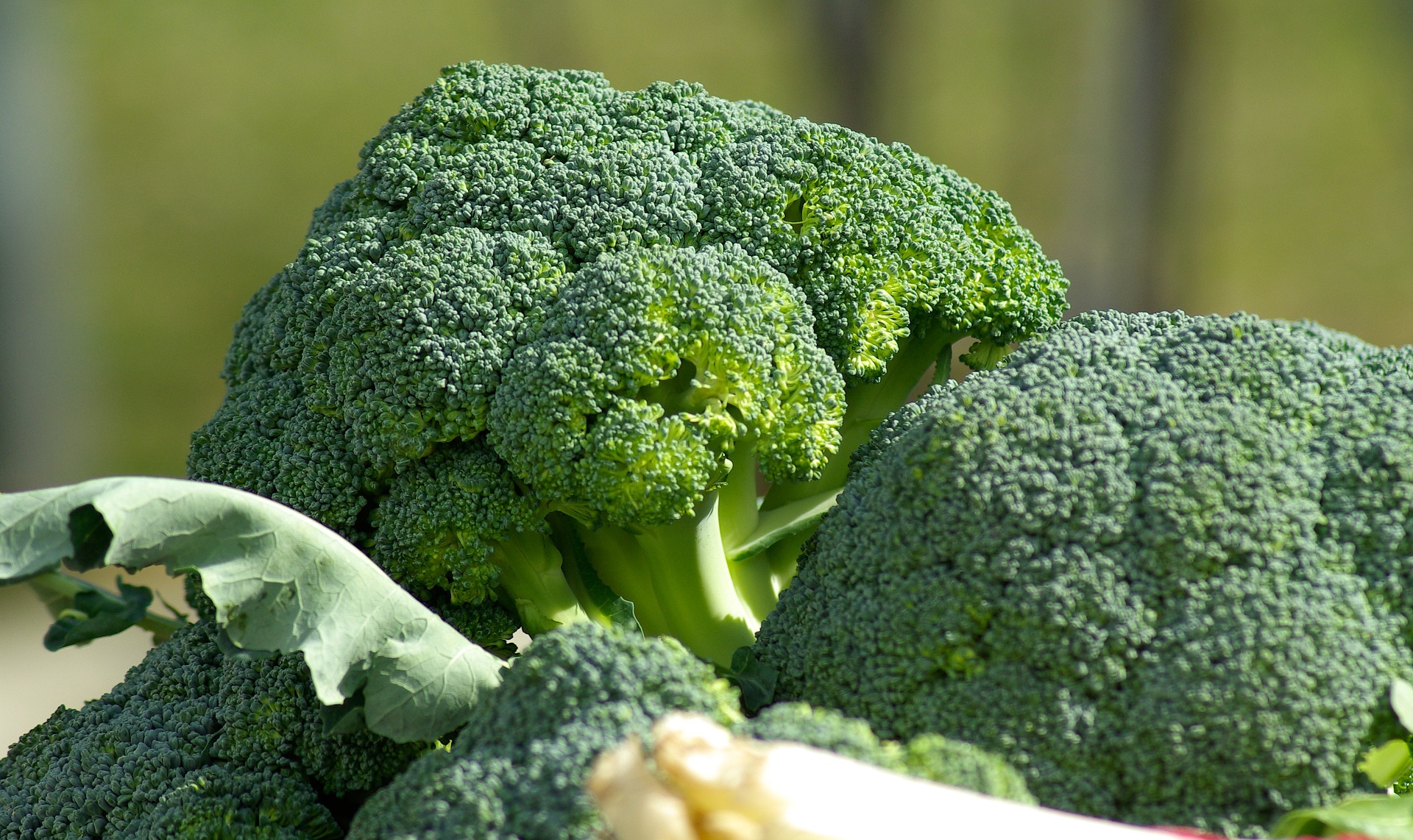In the production of broccoli, there are many pests that cause great economic damage during the growing season.
[hr-rek-objava-pos-1]
The most important walks on broccoli are:
Cabbage bugs, cabbage fly (lat. Delia radicum), cabbage aphid (lat. Brevicoryne brassicae), cabbage moth (lat. Plutella xylostella), leaf owls, large cabbage (lat. Pieris brassicae), small cabbage (lat. Pieris rapae ) , cabbage coneflower, tobacco weevil.
The adult forms (imago) of cabbage bugs do the most damage, feeding on the leaves of young plants.
The cabbage fly overwinters as a pupa in the soil, when the temperature exceeds 12°C the flies hatch and lay eggs on the neck of the root. After 3 – 8 days, larvae emerge from the eggs, which burrow into the root and remain there throughout their lives, causing damage by eating.
Cabbage moth – the pupa overwinters and sometimes the butterfly. In April, butterflies emerge (they fly at dusk) and lay eggs from which caterpillars develop in 3 – 7 days and cause damage by eating leaves in a period of 9 – 14 days when they pupate. The pupal stage lasts 7 – 14 days. This ends the life span of one generation of the cabbage moth. During the year, there are 3 – 4 generations in the continental part and 4 – 6 in the Mediterranean. The generations often overlap and cause damage during the entire growing season.
[hr-rek-objava-pos-2]
Large and small cabbage – they have 2 – 3 generations per year, overwinter in the pupa stage, butterflies fly at the end of April and at the beginning of May, they lay eggs from which caterpillars emerge in about 10 – or so days. They cause damage by eating the leaves. The caterpillar stage lasts 3 – 4 weeks.
Insecticides licensed for use in Croatia for the protection of cabbage plants (from the book “Vegetable Pests”, M. Maceljski et al.)
Active substance Permitted use Dose or concentration Withdrawal period (number of days) Bacillus thuringiensis cabbage 0.4 – 0.6 kg/ha 7.21 for pickling Bacillus thuringiensis cabbage 1 – 1.5 kg/ha 7.21 for pickling Imidacloprid Cabbage aphid, aphid Seedling soaking 0.1%; 1 l/ha Determined by the period of application Pirimicarb Aphids 0.08 – 0.12%; 0.8 – 1.2 kg/ha14Pirimicarb Aphids0.04 – 0.06% 0.4 – 0.6 kg/ha14Bacillus thuringiensis Cabbage, panicle0.3 – 1 kg/ha7.21 for pickling
Apply insecticides at the time of day when bees are not flying, for example in the late evening or early morning satima. Neki od insekticida vrlo brzo gube djelotvornost na visokim temperaturama.













































